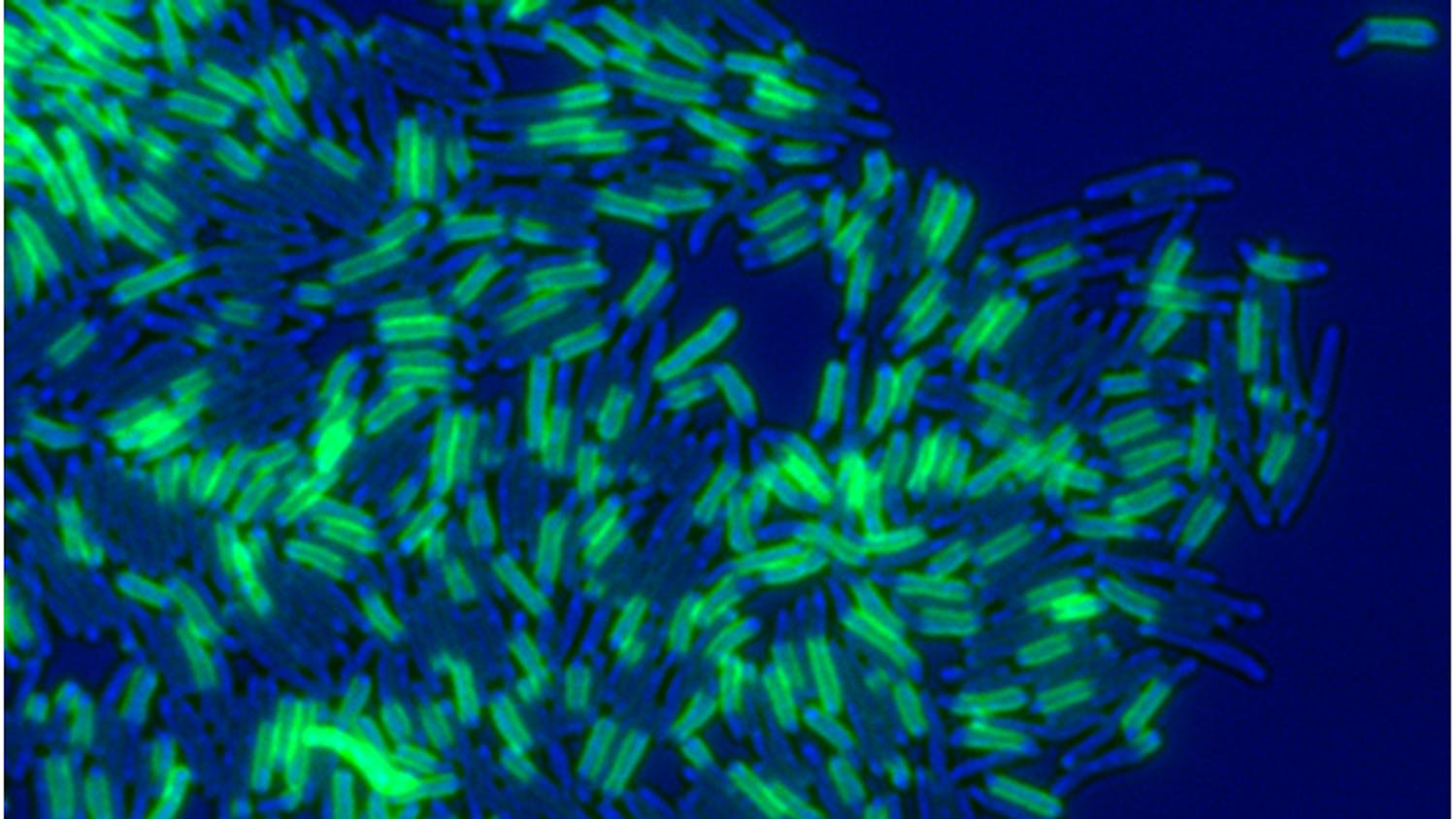In 2000, the United States declared measles eradicated in the country due to the development of a vaccine. Yet, recent data has shown a measles resurgence in the United States with an outbreak in New York in 2019 and a larger outbreak this year in Texas and New Mexico.
It is speculated that this increase in measles cases is most likely a result of declining vaccination rates against measles, especially in younger populations. The United States reported the first death from measles in nearly a decade in February when an unvaccinated child died from measles in Texas. On April 6, the Texas Department of State Health Services recorded the second death of an unvaccinated child from measles since January. As of Tuesday, 561 cases of measles have been reported in Texas in 2025, making it the state with the highest number of cases. Following behind, New Mexico and Kansas have reported 63 and 32 cases in 2025, respectively.
Measles is an extremely contagious virus. In fact, one infected individual will infect nine out of 10 unprotected people they are near. It commonly involves symptoms including a rash, red eyes, high fever, cough and Koplik spots (white spots) in the mouth. The impact of measles on the body varies between individuals, with one out of every four infected individuals requiring hospitalization. Furthermore, measles can lead to severe life threatening conditions including encephalitis (brain inflammation) and pneumonia. In terms of long-term impacts, most individuals recover from measles. This being said, there are no specific treatments or medications for measles, so treatment plans often involve supportive care with rest and anti-inflammatory medication.
The most effective form of protection against measles is the vaccine, which was introduced in 1963 and played a large role in the early eradication of measles. The vaccine itself is the measles, mumps and rubella vaccine and it has been highly effective in preventing the spread of measles. Due to its 97% success rate, the U.S. Centers for Disease Control and Prevention recommends individuals to get the MMR vaccine and experts in health have recommended boosters or reimmunization for people vaccinated before 1968 and adults born after 1957.
The question remains of when this current outbreak may end. Katherine Wells, the director of public health for Lubbock, Texas, expects the outbreak will last for roughly a year. On another hand, Dr. Charles Prober, a professor at Stanford University, argues that there’s no way to predict how long the current outbreak will last. That being said, preventative measures, vaccination and case management seem to be priorities within the current outbreak.






